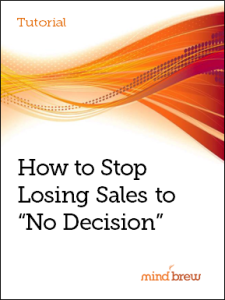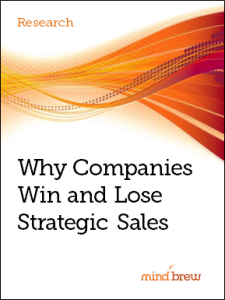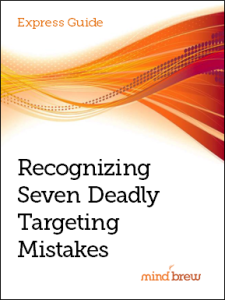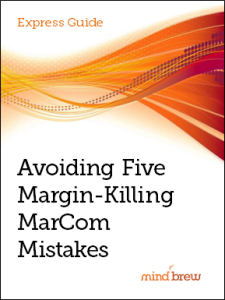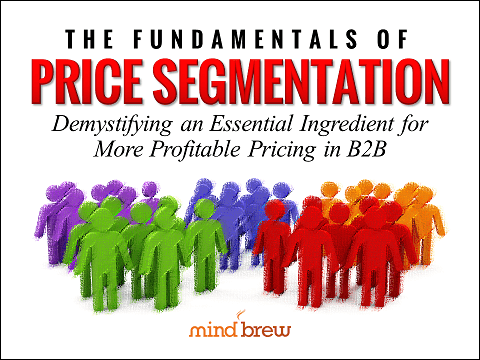If you’re a B2B marketer, chances are really good that you’re involved in content marketing. According to the 2016 B2B Content Marketing report from the Content Marketing Institute, 88 percent of B2B companies are currently using content marketing.
And in many companies, creating compelling content is becoming increasingly important. In fact, one recent study from the market research firm IDC found that in the technology industry, marketers ranked their content marketing efforts as their second most important initiative, right behind measuring ROI.
Given this level of interest in content marketing, it’s no surprise that a separate study from a vendor found that 76 percent of organizations planned to increase their content marketing budgets. However, that same report found that only 29 percent of them systematically reuse and repurpose content.
In our minds, this is a big mistake.
If you’ve gone to all the trouble it takes to create an effective piece of content, why not get as much mileage out of it as you possibly can? We hear over and over again that marketers need “fresh” content to drive new interest from prospects. By changing the format of an existing piece, cutting out sections of a longer item, or otherwise modifying existing materials, organizations get the “freshness” they need while maximizing their budget dollars.
One recent answer to a question in the DemandBrew forum revealed that one leading marketing team is able to generate fifteen different pieces of content from every webinar they produce. Each live event is repurposed as recorded video, text transcripts, articles, MP3s, infographics, PDFs of the slides, and other formats. As a result, they get a whole lot of impact from a single project.
Of course, the key to being able to re-use content is to make sure it’s compelling in the first place.
The DemandBrew training session Creating Compelling Content offers ten strategies for making sure that the pieces you create will be as effective as possible at moving prospects through the buying cycle. It includes tried-and-true advice from very successful B2B marketing teams that is broadly applicable to a wide variety of industries.
Creating brand new content can be expensive. And it’s time-consuming—especially if you are relying on executives or staff members who work outside the marketing department to help your create blog posts, articles, videos or other pieces. The next time you’re looking for some fresh content, try reformatting or re-purposing your existing materials instead of creating something brand new. You’ll likely find that you get excellent results with a very minimal investment of time and money.
Creating Content That Actually Works
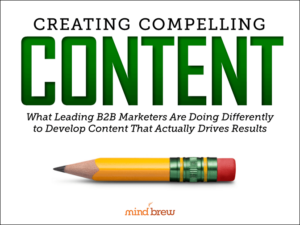
While every marketing pundit and publication is fueling the hype around content marketing, the hypesters are omitting some important facts and glossing-over some crucial processes. In this on-demand training webinar, you’ll learn about ten proven strategies for creating more effective sales and marketing content.

